Hi, I'm Amar from amarguitar.com!
In this video, we'll continue breaking down Trey Anastasio's legendary guitar solo from the Went Gin.
If you haven't immersed yourself in the concepts from the first video, make sure you check that out.
Let's talk about the way that Trey uses theme and variation to build a compelling improvisation.
A link to download a PDF of this tab will appear the bottom of this page.
Grab your guitar and let's dive in!
Recap of bars 1-4

We dissected bars 1-4 in depth in the previous lesson.
As a review, we see that Trey was focusing on the A Shape of the C chord for bar 1.
For bar 2, he slid up from the A shape of the C chord to the G Shape of the C major pentatonic.
Over the last two bars, he's still using the C major pentatonic…which has the same notes as which minor pentatonic scale?
That's right, the A minor pentatonic!
In bar 3, Trey's chord tones focus on the 3rd of Am. Then the chord tones focus on the major 7th of F, creating an Fmaj7 sound in bar 4.
Bars 5-8

For bars 5-8, we see that Trey directly repeats what he played for the first three bars of this solo, and then varies what he plays on the last bar.
This is the improvised “formula” he uses for the first half of the jam and brings us to our second takeaway of this series.
Takeaway #2 – Using repetition via theme and variation is a great way to hook the listener because our ears crave repetition, but we also crave novelty.
Keeping the first part of the phrase consistent, while varying the last bar gives us both.
The variation in the final bar of every four bar phrase keeps us interested and wondering what will happen next.
Bars 9-12

In Bars 9-12, we see the same approach – Trey is thinking in four bar phrases, and the first three bars are an exact repetition of what we had earlier.
Just like he did for the two previous phrases – he switches it up for the last bar, in # 12.
Now here in bar 12, we see that Trey is thinking thinking C major scale, specifically in the G shape of the C major scale, lets play that together.
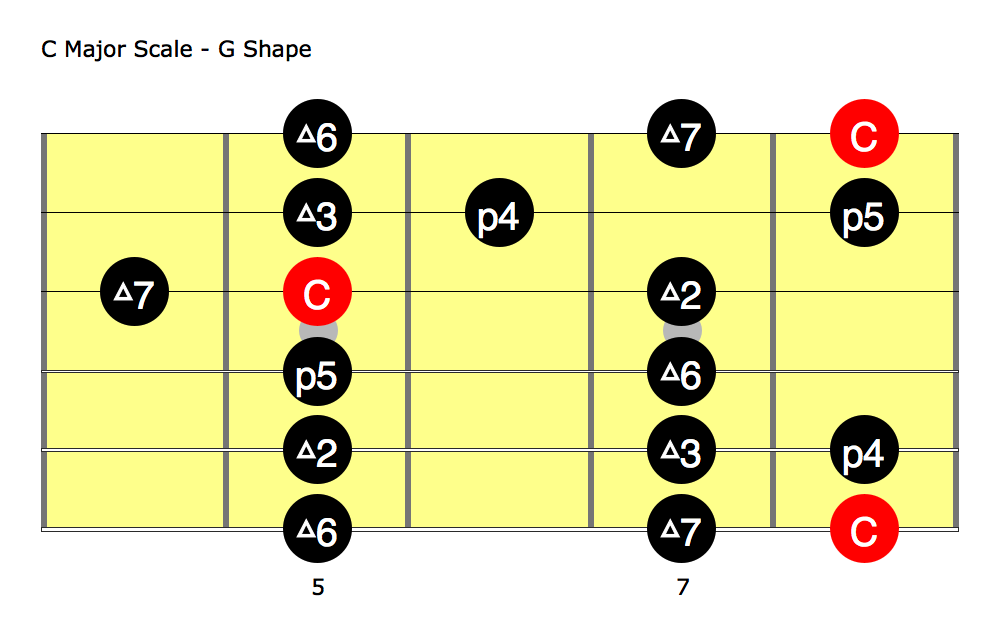

So we can see that in bar 12, the last bar of the 4 bar phrase – he changes the theme up again, using our C major scale in the G shape over the F chord.
Notice how he's still really focusing on that E note over the F chord – creating an F major 7 sound.
We see that he's thinking thematically, but performing small variations.
Bars 13-16

Off the bat, we see that Trey switches it up at the beginning of our phrase.
He uses the same rhythm as he did before, but this time he starts on the 5th of C, which is the note G.
This is satisfying to our ear because we have both repetition and variation to start the phrase. Bars 14 and 15 are similar to what he's played before.
In bar 16, he opts for the G shape of the C major scale again, this time adding some more notes from the scale and also adding rhythmic complexity.
[In bar 12, he used three notes out of the scale, in bar 16 he used four.]
This is one of those secrets of building a great, solo when you are using repetition – notice how he jacks up the intensity just so slightly every time he plays the phrase.
One extra note out of the scale, here, focusing on the fifth instead of the root…
Bars 17-20

To start off, Trey plays a lick that's very similar to how he started bar 13, but now he's up an octave – he's playing out of the G shape of our C major scale, again, focusing on the fifth and the root of C.
He plays over the bar line into bar 18, adding some anticipation.
Now in bars 19 and 20 we still have our C major scale in the G shape that he plays over the Am and F chord.
And we see him playing around with the rhythm yet again, hinting that he may take the theme in a different direction.
To end bar 20, we have the C major scale, and he takes his focus off the note E, and chooses to focus on the note G, which he plays over the bar line.
Over the F chord, the G is the second degree, also known as the 9th
Bars 21-24

This is the first time in this solo where Trey starts a four bar phrase with a note that hangs over the bar line, which creates anticipation.
We've got more C major scale work happening over the C chord.
Over the Am chord in bar 23, he plays pretty much the same phrase he's been playing over the Am chord for ever four bar phrase.
In bar 24, notice that he plays notes over the F chord that are very similar to what he played over the Am chord. All of these notes are right out of our parent major scale, which is ? That's right the C major scale!
Trey addresses the F chord by actually playing the note F. Notice that he didn't do that over the Am chord.
And I know what some of you are thinking right now – is trey really consciously thinking about what notes he's hitting when he's playing?
I would say that he's probably not thinking about it from a technical level, but more from an emotional big picture level.
Just like when you speak, you're not thinking “I'm going to say a verb, then a preposition, then a noun.”
It just comes naturally because you've had countless hours of speaking experience under your belt.
It's the same way with music theory and improvisation.
Bars 25-28

Here, Trey starts this four bar phrase like he did the previous one, with hanging a note over the bar line.
Rhythmically, this line in bars 25 and 26 is still fairly simple, but it sounds so interesting because of the syncopations.
Also, there's a bit of tension here because Trey is superimposing an Am arpeggio over a C major chord.
This is diatonic tension, because the notes of Am (A, C, E) are still within the C major scale.
So in bars 25 and 26, two things are going on – Trey is shifting back and forth between the G shape of the C major pentatonic, as shown in bar 25, and the A shape of the C major pentatonic as shown in bar 26.
And we've got syncopations to start our four bar phrase, which add a great deal of excitement.
Especially compared to the relatively straight rhythm that we've started this solo with in bars 1-16. Over the Am chord, we have Trey focusing on the root and minor 3rd of Am, just like he's been doing this whole time.
Over the F chord, we have some more diatonic tensions.
All of these notes are within the C major scale, but they're outside of the F chord.
An F chord has three notes – F, A, C. In this lick, he's playing the notes D, E, G over the F chord.
These notes respectively are the 13th, the major 7th and the 9th of F. These chord tones are also known as extensions.
[Please note: the 2nd and 6th are interchangeably referred to as, respectively, the 9th and 13th.]
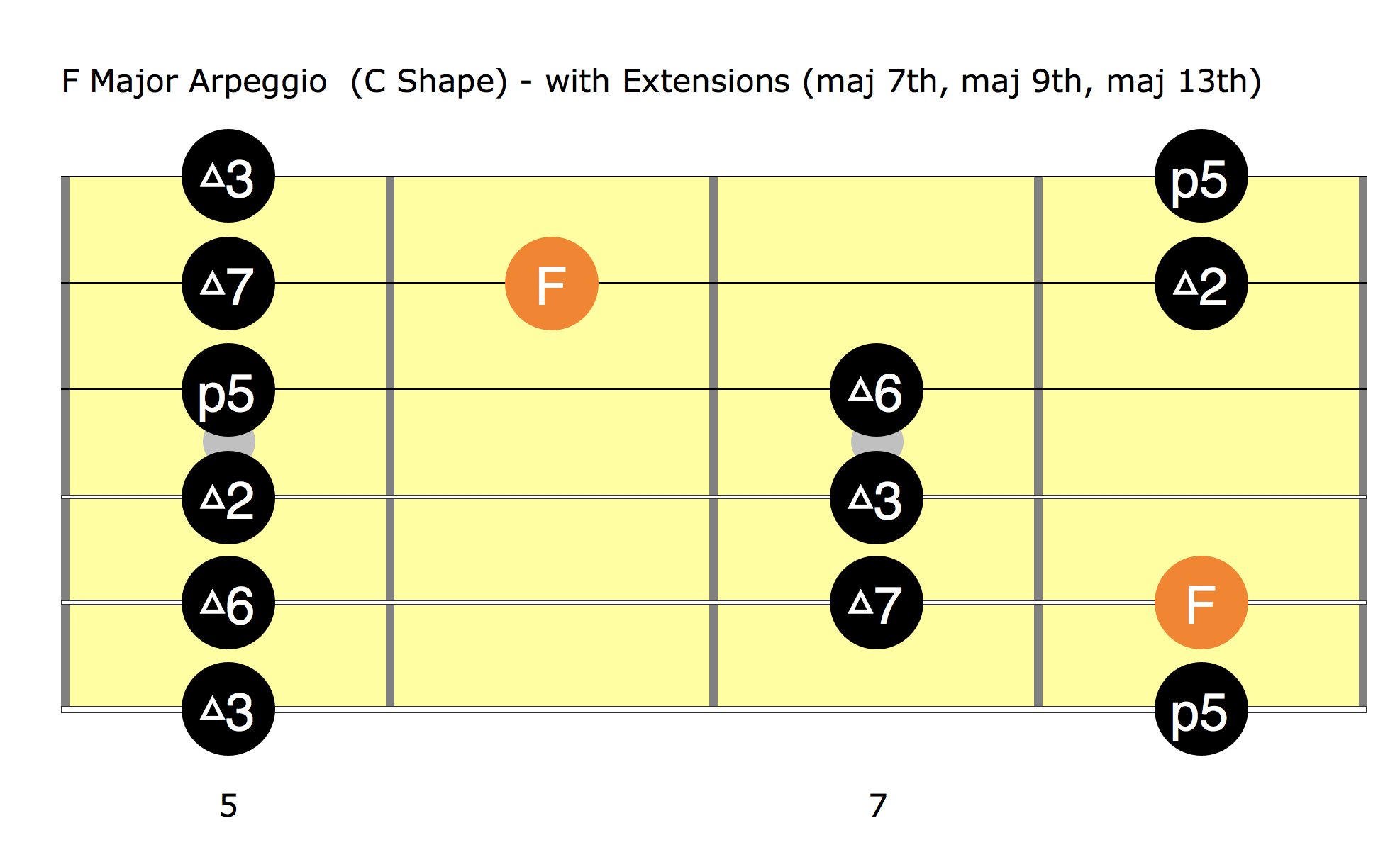
That's why this phrase is, on a micro level at least, very beautiful and exciting. He does add the note A towards the end, which is the major 3rd of F and gives us brief moment of resolution.
In the next part of this series, we'll see how Trey uses of space, addresses chord tones, and mixes major scales with modes as we breakdown bars 29-44 of this solo . Hit like if you liked this video, and hit subscribe if you loved it. If there's an idea that you found confusing or inspiring, let me know in the comments. I'll see you guys in part 3!
Full PDF of Trey Anastasio's Guitar Part for Bathtub Gin
- Desktop users: hover over the page with your mouse to reveal the up/down buttons
- Scroll below if you want the PDF sent directly to your email inbox
Want this PDF TAB sent to your inbox?
Enter your email address and I'll send you a FREE copy in less than 30 seconds



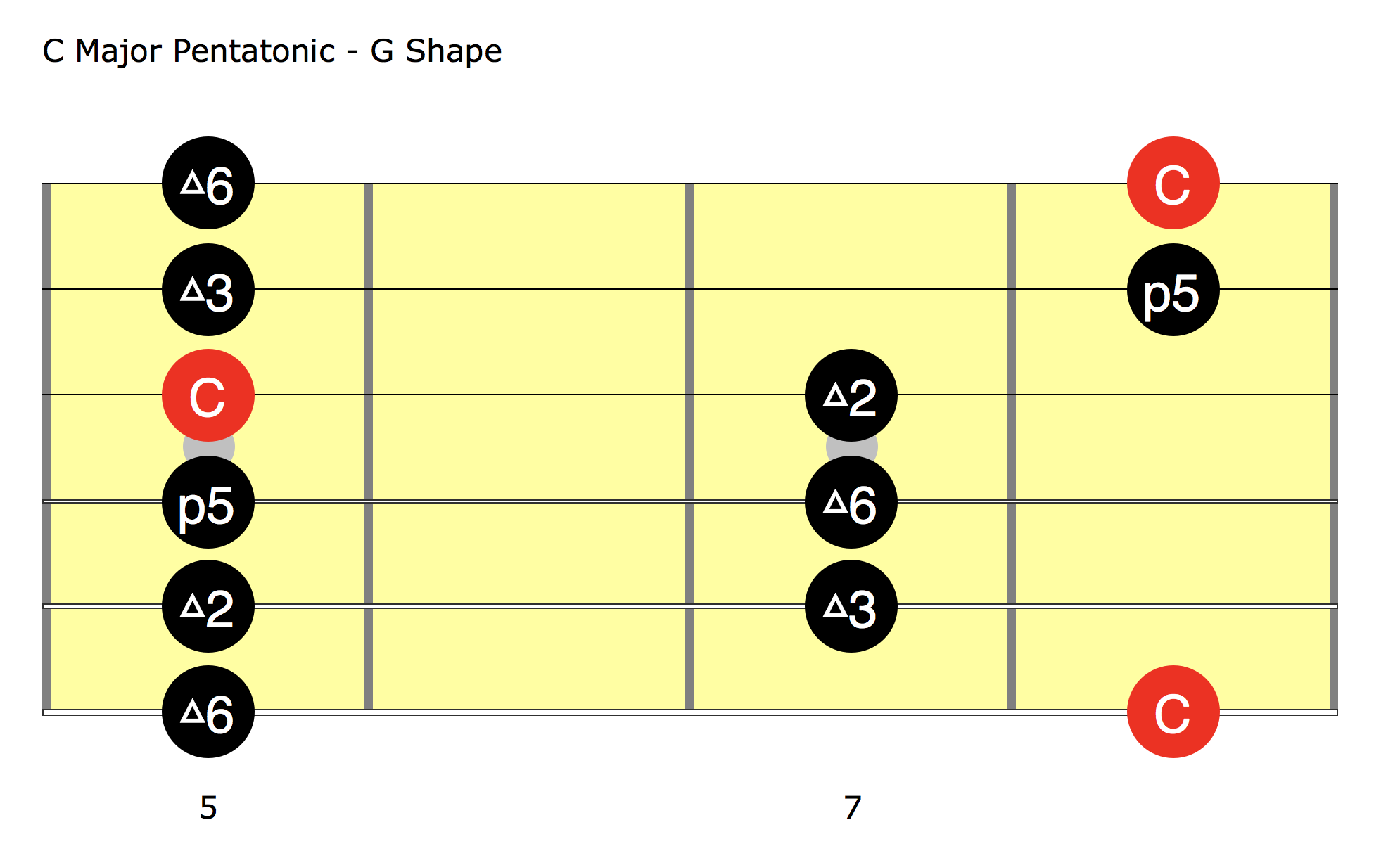

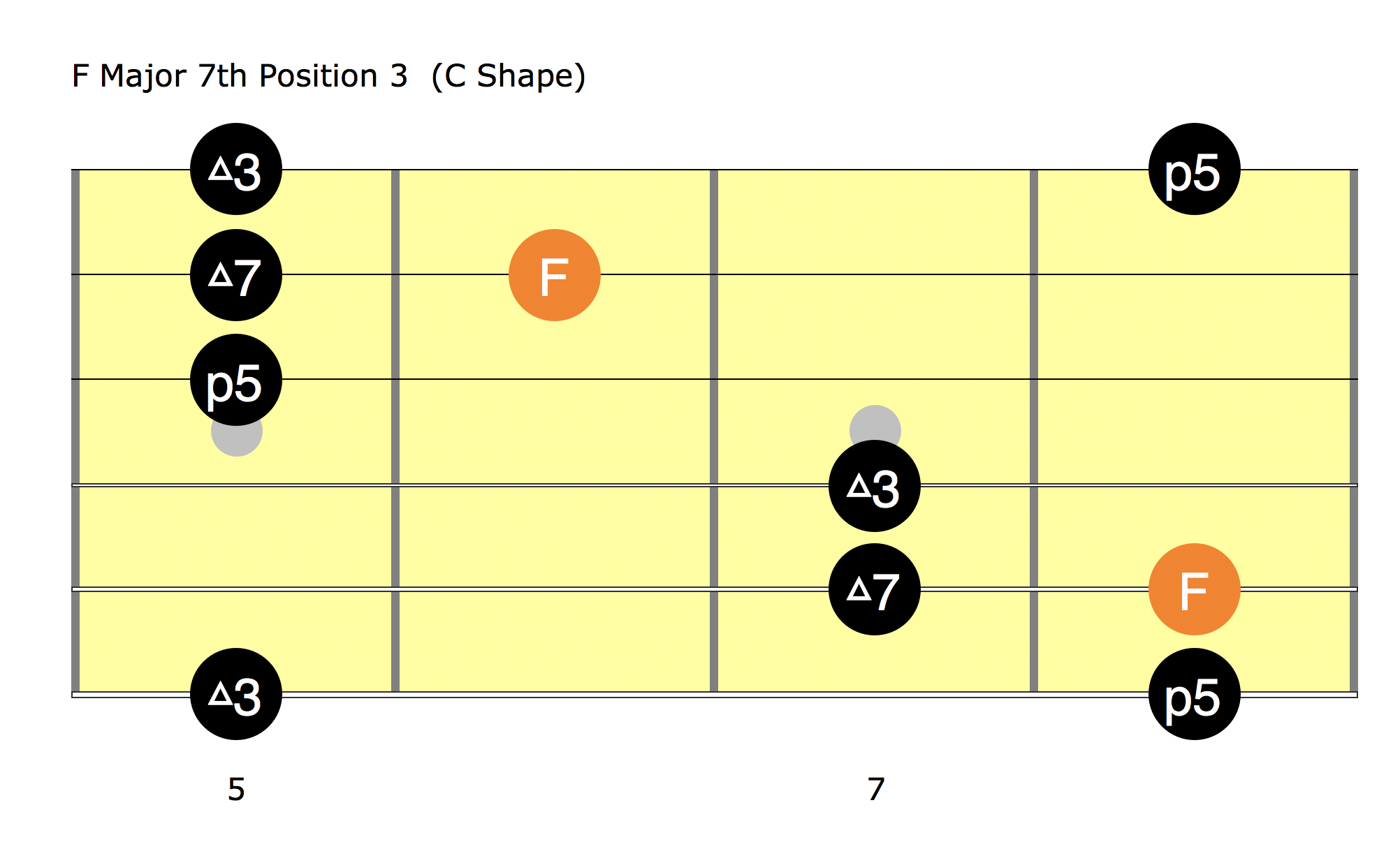

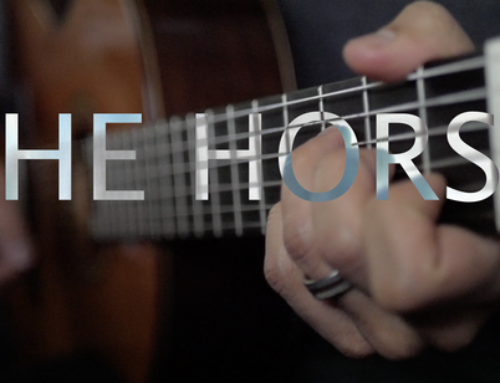

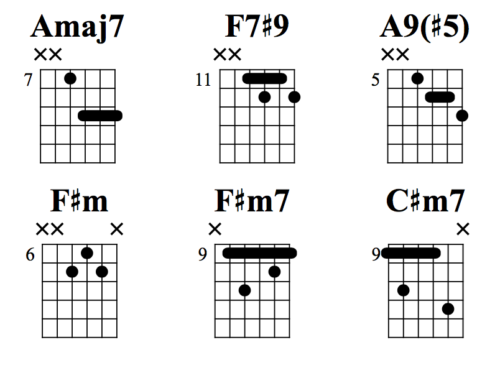

Leave A Comment